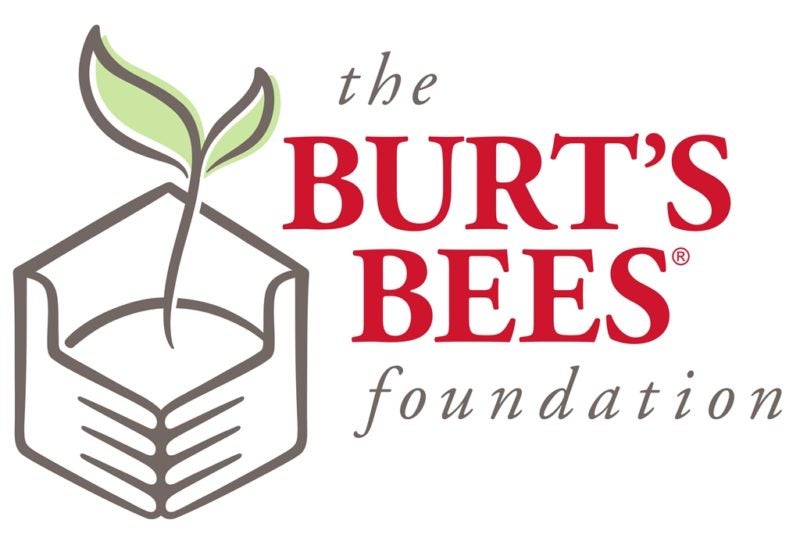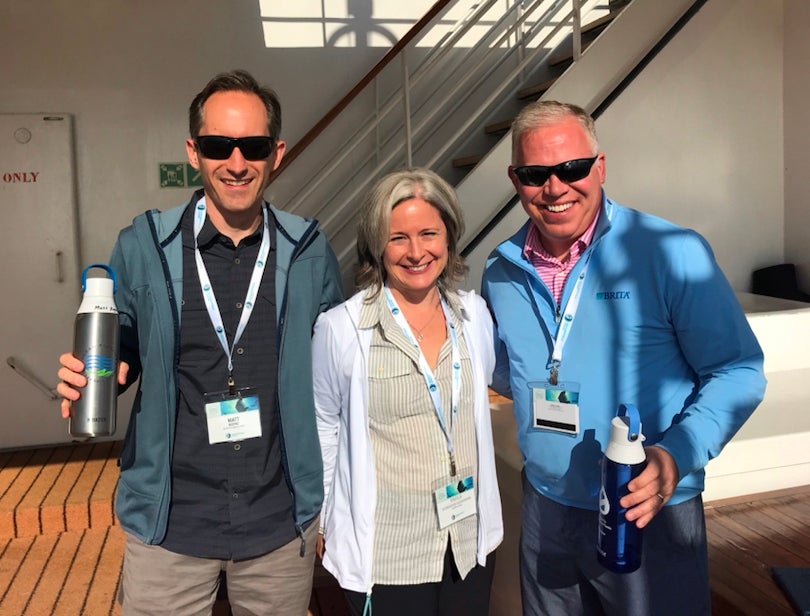Burt’s Bees (Re)Joins the Effort to Protect Half the Earth for All Life
By Paula Alexander, director, Sustainable Business & Innovation – Burt’s Bees
“Like it or not, and prepared or not, we are the mind and stewards of the living world.” – Edward O. Wilson, Half-Earth – Our Planet’s Fight for Life
As a brand that seeks out natural ingredients and sustainable packaging, and with a deep commitment to no animal testing, stewarding biodiversity at the center of Burt’s Bees’ sustainability strategy. That’s why we’ve sponsored Half-Earth Day for a second year. Half-Earth Day is an annual event meant to catalyze support for protecting half the planet for all life.
Why Half-Earth?
This drive to protect half the planet is based on the concept of Island Biogeography by Ed O. Wilson, known by many as the father of biodiversity. Species, from the smallest to the largest and most charismatic, are part of an invisible web that supports all life, yet they’ve been declining at an exponential rate since the Industrial Age. Essentially, Half Earth states that the health of ecosystems and the number of species that inhabit them are directly related to the area available.
Which half?
The Half-Earth Project is focused on mapping global species to identify the areas of richest and rarest biodiversity for strategic conservation. If we protect half the land and sea, we can protect 85% of species — including our own. The Burt’s Bees Foundation has committed to mapping 5,000 of the 20,000 global bee species in order to protect these important pollinators.

Connecting business and environmental stewardship in Berkeley, California
On Oct. 7, I had the honor of speaking at an event at UC Berkeley focused on Pathways to a Half-Earth Future.
In one session, Sally Jewell, former Secretary of the Interior during the Obama Administration and Interim CEO of The Nature Conservancy, chatted with Ed Wilson about biodiversity, climate, citizen science and activism. Asked about the role of business, Jewell said “When you align the areas of business and the environment, things move. How do you harness capitalism in service of the planet is the question.”

Clorox’s Matt Kopac, Paula Alexander and Ed Huber at the Ocean Plastics Leadership Summit in June 2019.
Business for The Greater Good: addressing climate and extinction crises
While climate change has been widely covered by the media and is something business is responding to, the extinction crisis is an emergent issue for business. And the two are linked. At Burt’s Bees, we believe it’s our responsibility to promote individual, community and environmental well-being. We use our products and practices to make this greater good a reality, addressing two of our planet’s greatest issues.
Clorox’s new IGNITE Strategy will multiply Burt’s Bees’ Impact
A number of Clorox employees who joined the Burt’s Bees team at the Half-Earth Day event left fired up and full of ideas for more we can do at Clorox.
Kelsey Pecherer, associate marketing manager for Clorox disinfecting wipes, noted, “Listening to E.O. Wilson speak about the work he’s doing to save biodiversity on this planet is simultaneously energizing and humbling. It’s easy to forget in our day-to-day work the impacts of our decisions — from the resources we source to where our packaging ends up after use. I’m excited that we will have full support in thinking differently about what we produce and how we produce it through our new Clorox IGNITE Strategy.”
Kelsey’s experience is echoed by Alexis Limberakis, senior director – Corporate Responsibility & Sustainability, who said, “As Clorox steps up our commitments to climate stewardship, spending a day immersed with conservationists passionate about saving species from extinction reminds us of the stakes involved and the importance of connecting people with nature as we pursue our goals to protect the planet.
“To quote one of the day’s speakers, ‘people fight for what they love.’”
Click here to learn more about Clorox’s IGNITE ESG goals.




